Home>Home Maintenance>How Much Is A Drainage System For A House
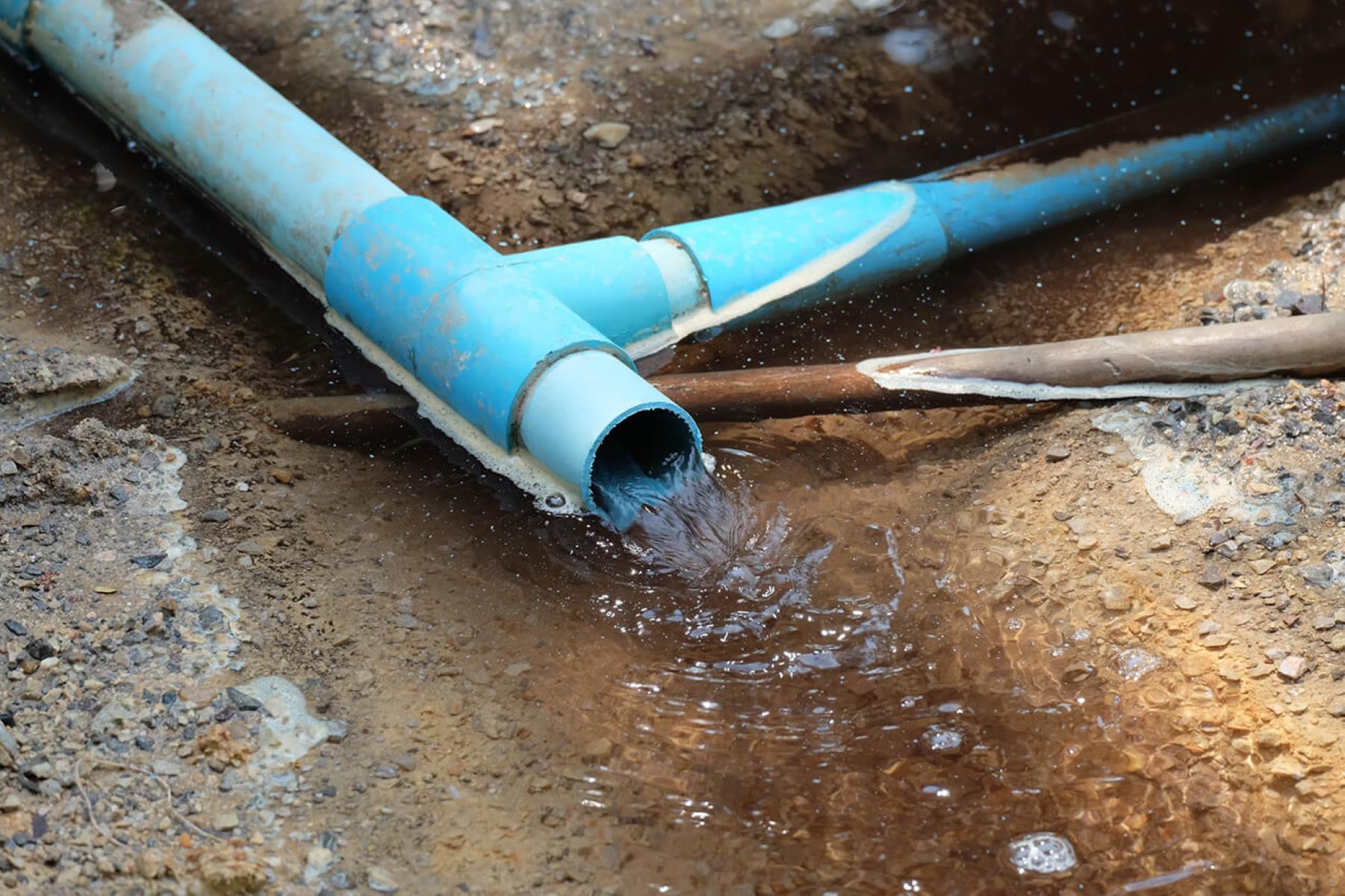

Home Maintenance
How Much Is A Drainage System For A House
Modified: March 7, 2024
Looking for a drainage system for your house? Discover the cost of installing a reliable drainage system for your home. Ensure proper home maintenance with an effective drainage solution.
(Many of the links in this article redirect to a specific reviewed product. Your purchase of these products through affiliate links helps to generate commission for Storables.com, at no extra cost. Learn more)
Introduction
A proper drainage system is essential for maintaining the structural integrity of a house and preventing water damage. It helps to redirect excess water away from the foundation, reducing the risk of flooding, water seepage, and mold growth. While many homeowners understand the importance of a drainage system, one common question that arises is, “How much does a drainage system for a house cost?”
The cost of a drainage system for a house can vary significantly depending on various factors, such as the size of the property, the type of drainage system chosen, the complexity of the installation, and the geographic location. In this article, we will explore the factors that influence the cost of a drainage system, the different types of drainage systems available, the cost of installation and materials, as well as the benefits of having a proper drainage system in place.
Understanding the cost factors involved will help homeowners make informed decisions when it comes to installing or upgrading their drainage systems. Whether you are dealing with excess water pooling around your house during rainy seasons or planning ahead to prevent future drainage issues, having a clear understanding of the cost implications will help you plan your budget more effectively.
It’s important to note that while some homeowners may choose to install a drainage system themselves, hiring professionals who specialize in drainage system installation can ensure a proper and long-lasting solution. We will also briefly discuss the benefits of hiring professionals versus taking on a drainage system installation project as a DIY endeavor.
Now, let’s dive into the factors that can influence the cost of a drainage system for a house and explore the various options available to homeowners.
Key Takeaways:
- Proper drainage systems protect homes from water damage, prevent flooding, and enhance property value. Understanding cost factors and consulting professionals can ensure effective and long-lasting solutions.
- Hiring professionals for drainage system installation provides expertise, efficiency, and access to quality materials, while DIY approaches offer potential cost savings and greater control. Consider project complexity and skill level when making a decision.
Factors influencing the cost of a drainage system
Several factors can influence the cost of installing a drainage system for your house. Understanding these factors can help homeowners estimate the overall cost and plan their budget accordingly. Here are some key factors to consider:
- Size of the property: The size of your property plays a significant role in the cost of a drainage system. Larger properties may require more extensive drainage systems, including additional pipes, drains, and excavation work. As a result, the overall cost will be higher for larger properties compared to smaller ones.
- Type of drainage system: There are different types of drainage systems available, each with its own installation requirements and cost implications. The type of system chosen, such as surface drainage, French drain, or subsurface drainage, will have an impact on the overall cost.
- Topography and soil composition: The topography of your property and the composition of the soil can also affect the cost of a drainage system. If your property has uneven terrain or consists of dense clay soil that retains water, additional measures may be needed to ensure effective drainage, which can increase the overall cost.
- Accessibility and existing infrastructure: The accessibility of your property and the presence of existing infrastructure, such as underground utilities and landscaping, can impact the cost of installation. If extensive excavation or rerouting of utilities is required, it can add to the overall cost of the drainage system.
- Water source and volume: The source and volume of water that needs to be managed by the drainage system will influence the cost. Properties located in areas with heavy rainfall or high water tables may require more robust drainage systems to handle the excess water, resulting in higher installation costs.
- Permits and regulations: Depending on your location, obtaining necessary permits and complying with local regulations can also add to the overall cost. It is essential to research and understand the permitting process and any specific requirements before installing a drainage system.
Keep in mind that these factors are not exhaustive, and there may be other site-specific considerations that can affect the cost. It is advisable to consult with a professional drainage contractor who can assess your specific needs and provide a more accurate estimate based on your property’s characteristics.
Now that we have explored the factors that influence the cost of a drainage system, let’s move on to discussing the different types of drainage systems available.
Types of drainage systems
When it comes to drainage systems for houses, there are several options available to effectively manage water runoff and prevent water damage. The choice of drainage system will depend on factors such as the property’s topography, soil composition, and the specific drainage needs. Here are some common types of drainage systems:
- Surface drainage system: This type of drainage system is designed to collect and divert water on the surface, preventing it from pooling and causing potential damage. It involves the installation of channels, gutters, and downspouts to direct water away from the building’s foundation. Surface drainage systems are commonly used in areas with flat or gently sloping terrain.
- French drain system: A French drain is a trench filled with gravel or rock and perforated pipe that redirects underground water away from the foundation. It works by allowing water to enter the perforated pipe and then directing it to a designated drainage area. French drains are often used to manage excess water in areas with poor soil drainage or where surface runoff is a concern.
- Subsurface drainage system: This type of drainage system is installed below ground level to remove excess water from the soil. It typically involves the installation of perforated pipes, surrounded by gravel or aggregate, that collect and channel water away from the property. Subsurface drainage systems are effective in areas with high water tables or heavy clay soils that retain moisture.
- Sump pump system: A sump pump system is used to pump out water that collects in a sump pit, usually located in the basement or crawl space. This system is commonly installed in areas prone to basement flooding or high water tables. The sump pump activates automatically when water levels rise, pumping the water out and away from the foundation.
- Retention pond or swale system: In some cases, a retention pond or swale may be utilized to manage excess water on the property. These systems involve creating a designated area, either natural or man-made, to collect and retain water temporarily before gradually releasing it into the surrounding environment or stormwater system.
It is important to consult with a professional drainage contractor to determine the most suitable drainage system for your property based on its specific characteristics and drainage needs. They can assess your property’s topography, soil conditions, and evaluate potential water sources to recommend the best solution for effective water management.
Now that we have explored the different types of drainage systems available, let’s move on to discussing the cost of installation for these systems.
Cost of installation for different types of drainage systems
The cost of installing a drainage system for your house will vary depending on the type of system chosen. Each type of drainage system has its own installation requirements and associated costs. Here is a breakdown of the average costs for different types of drainage systems:
- Surface drainage system: The cost of installing a surface drainage system can range from $1,500 to $5,000, depending on factors such as the size of the property, the complexity of the system, and any additional landscaping or paving work required.
- French drain system: The installation cost of a French drain system typically ranges from $2,500 to $8,000. The price variation depends on factors such as the length and depth of the drain, the materials used, and any additional excavation or landscaping work needed.
- Subsurface drainage system: Installing a subsurface drainage system can cost between $3,000 and $10,000 or more, depending on the complexity of the system, the extent of excavation required, and the materials used. Factors such as the depth and length of the pipes and the need for additional drainage outlets can also impact the overall cost.
- Sump pump system: The cost of installing a sump pump system ranges from $2,000 to $6,000, depending on factors such as the size and power of the pump, the complexity of the installation, and any additional electrical or plumbing work required.
- Retention pond or swale system: Creating a retention pond or swale can vary widely in cost, depending on the size and complexity of the system, as well as any required excavation or landscaping work. Costs can start from $5,000 and go up to tens of thousands of dollars.
These cost estimates are general guidelines and can vary based on factors such as geographic location, local labor costs, and any site-specific requirements. It is recommended to obtain quotes from reputable drainage contractors who can assess your property and provide a more accurate estimate based on your specific needs.
It is important to note that the cost of installation may not include any additional costs for permits, inspections, or landscaping restoration after the installation is complete. These factors should be considered when budgeting for your drainage system installation.
Next, let’s explore the cost of materials involved in installing a drainage system for your house.
Cost of materials for a drainage system
The materials used in a drainage system can significantly impact the overall cost of installation. The specific materials required will depend on the type of drainage system chosen and the scope of the project. Here are the average costs of materials for different drainage systems:
- Surface drainage system: The materials needed for a surface drainage system typically include channels, gutters, downspouts, and connectors. The cost of these materials can range from $5 to $15 per linear foot. Additional costs may include concrete or paving materials for creating drainage paths.
- French drain system: The materials for a French drain system include perforated pipes, gravel or rock, a geotextile fabric, and fittings. The cost of these materials can range from $3 to $10 per linear foot of drain. The actual cost will depend on the diameter and length of the pipe and the type of gravel or rock used.
- Subsurface drainage system: For a subsurface drainage system, the materials typically include perforated pipes, gravel or aggregate, and fittings. The cost of these materials can range from $2 to $8 per linear foot of drain. Factors such as the pipe diameter and the amount of gravel or aggregate needed will affect the overall cost.
- Sump pump system: The materials for a sump pump system include the sump pit, the pump itself, a check valve, discharge pipes, and fittings. The cost of these materials can range from $500 to $2,000, depending on the quality and features of the pump and the length of the discharge pipes.
- Retention pond or swale system: The materials needed for a retention pond or swale system can vary widely. Depending on the size and complexity of the system, materials such as pond liners, rocks or boulders, plants, and drainage pipes may be required. The cost can range from a few hundred dollars to several thousand dollars, depending on the specific materials chosen.
Additionally, it’s important to consider any supporting materials, such as connectors, couplings, cement, and drainage fabric, which may be necessary for proper installation. These materials can add to the overall cost but are crucial for ensuring a durable and effective drainage system.
Remember that these prices are average estimates and can vary based on factors such as the location, availability of materials, and the specific requirements of your project. It is wise to consult with a drainage professional who can provide a more accurate cost estimate based on your specific needs and preferences.
Next, let’s explore some additional costs that homeowners should consider when planning for a drainage system installation.
Read more: How To Design Drainage For A House
Additional costs to consider
When planning for the installation of a drainage system for your house, it is essential to consider additional costs beyond the materials and labor. These costs can vary depending on factors such as the scope of the project, site-specific requirements, and local regulations. Here are some additional costs to consider:
- Permits and inspections: Depending on your location, you may need to obtain permits for installing a drainage system. Permit fees can range from $50 to several hundred dollars. Additionally, there may be inspection fees to ensure that the installation complies with local building codes and regulations.
- Landscaping restoration: Installing a drainage system may require excavation and disruption to your landscaping. Plan and budget for any necessary restoration work, such as reseeding or replacing plants, after the installation is complete. The cost of landscaping restoration will depend on the size of the affected area and the extent of the work needed.
- Maintenance and cleaning: While not immediate installation costs, it is important to consider ongoing maintenance and cleaning expenses for your drainage system. Periodic inspections, debris removal, and potential repairs are necessary to keep the system functioning properly. Budget for these routine maintenance tasks to ensure the longevity and effectiveness of your drainage system.
- Downspout extensions or splash blocks: A downspout extension or splash block may be necessary to redirect water away from the foundation or to prevent erosion in specific areas. These can incur additional costs, typically ranging from $10 to $50 per extension or splash block, depending on the material and length needed.
- Waterproofing measures: In some cases, additional waterproofing measures may be required to complement the drainage system, especially in areas with a high risk of water infiltration. These measures can include applying sealants, installing waterproof membranes, or reinforcing the foundation walls. The cost will depend on the specific waterproofing method chosen and the extent of the work needed.
It is important to consult with a drainage professional to assess any site-specific requirements and potential additional costs based on your property’s characteristics and local regulations. Taking these factors into account when budgeting for your drainage system will help you avoid surprises and ensure a comprehensive and effective water management solution.
Now that we have covered the additional costs, let’s explore the benefits of having a proper drainage system for your house.
Before installing a drainage system for your house, it’s important to consider factors like the size of your property, the type of soil, and the amount of rainfall in your area. Consulting with a professional can help you determine the cost and type of drainage system that best suits your needs.
Benefits of having a proper drainage system
Installing a proper drainage system for your house offers numerous benefits that extend beyond preventing water damage. Here are some key advantages of having a well-designed and efficiently functioning drainage system:
- Prevents water damage: A primary benefit of a drainage system is its ability to redirect excess water away from your house. By effectively managing water runoff, you can prevent water from seeping into your basement, crawl space, or foundation, reducing the risk of structural damage, mold growth, and costly repairs.
- Protects landscaping: Proper drainage helps to protect your landscaping by preventing soil erosion and waterlogged areas. It ensures that water is evenly distributed and reaches the plants’ roots, promoting healthy growth and preventing plant loss.
- Enhances soil quality: Adequate drainage prevents soil from becoming overly saturated, improving its ability to absorb water and nutrients. This promotes a healthy soil environment for plants and minimizes the risk of soil erosion and nutrient leaching.
- Prevents basement flooding: A well-designed drainage system, such as a sump pump system or French drain, can prevent basement flooding by effectively managing water levels and redirecting water away from the foundation.
- Improves property value: Having a functional and efficient drainage system in place can enhance the value of your property. Potential buyers appreciate the added protection against water damage and the reassurance of a well-maintained foundation.
- Reduces moisture-related issues: Excessive moisture in and around your house can lead to mold growth and musty odors. A proper drainage system helps to reduce moisture levels, creating a healthier and more comfortable living environment.
- Prevents insect infestations: Standing water can create a breeding ground for mosquitoes and other insects. By eliminating stagnant water through proper drainage, you can reduce the risk of insect infestations and the associated risks to your health and comfort.
Overall, having a well-installed and maintained drainage system not only safeguards your property but also contributes to a healthier living environment. It protects your investment and provides peace of mind during heavy rainfall or in areas prone to water-related issues.
Now that we have explored the benefits of a drainage system, let’s discuss the maintenance and repair costs associated with these systems.
Maintenance and repair costs for drainage systems
Like any system in your house, drainage systems require regular maintenance to ensure their optimal performance and longevity. It is essential to factor in maintenance and potential repair costs when budgeting for your drainage system. Here are some maintenance and repair costs to consider:
- Regular inspections: Periodic inspections by a professional drainage contractor can help identify any potential issues or signs of damage in your drainage system. The cost of inspections can range from $100 to $300, depending on the complexity and size of your system.
- Cleaning and debris removal: Over time, debris such as leaves, twigs, and sediment can accumulate in your drainage system, obstructing the flow of water. Regular cleaning and debris removal are necessary to maintain optimal system performance. The cost of cleaning can vary depending on the size and complexity of your drainage system, ranging from $100 to $500.
- Repairing damaged pipes or components: In some instances, drainage pipes or components may get damaged due to factors such as tree root intrusion, settling of the ground, or physical damage. Repairing these components can range from minor fixes, such as sealing a small crack, to more extensive repairs, such as replacing a damaged pipe. The repair costs will depend on the extent of the damage and the materials needed.
- Upgrading or replacing the system: Over time, you may need to upgrade or replace certain parts of your drainage system to ensure its effectiveness. This can include upgrading to larger pipes, installing additional drainage outlets, or replacing outdated components. The cost of upgrades or replacements will depend on the extent of the modifications and the materials involved.
- Flooded basement cleanup: In the unfortunate event of a significant drainage system failure resulting in a flooded basement, cleanup costs can range from a few thousand dollars to tens of thousands of dollars. This can include water removal, drying, and repairing any damage to flooring, walls, or personal belongings.
It is essential to address any maintenance or repair issues promptly to prevent further damage and mitigate potential costs in the long run. Regular inspections and proper maintenance can help identify and address issues before they escalate into more significant and costly problems.
While it is possible for homeowners to perform some maintenance tasks themselves, hiring a professional drainage contractor for more complex repairs or upgrades is recommended to ensure proper and long-lasting solutions.
Now that we have explored the maintenance and repair costs, let’s discuss the pros and cons of hiring professionals versus DIY installation of a drainage system.
Hiring professionals vs. DIY drainage system installation
When it comes to installing a drainage system for your house, you may be tempted to take on the project as a DIY endeavor to save costs. While DIY installation can be feasible for simpler systems, it’s essential to carefully weigh the pros and cons before making a decision. Here are the key considerations for hiring professionals versus doing it yourself:
Read more: What Is My House’s Standard Drainage Size
Hiring professionals
Pros:
- Expertise and experience: Professional drainage contractors have the knowledge and experience to design and install a drainage system tailored to your property’s specific needs. They understand the complexities of drainage systems and can ensure proper installation, minimizing the risk of potential issues.
- Efficiency and time-saving: Professionals have the necessary tools, equipment, and manpower to complete the installation efficiently and within a reasonable timeframe. This can save you considerable time and effort, especially for larger or more complex systems.
- Access to quality materials: Professionals have access to quality materials and can recommend the best options based on your specific requirements. They can also secure materials at a better price compared to buying them individually as a DIYer.
- Guarantees and warranties: Reputable drainage contractors often provide warranties or guarantees for their work. This offers peace of mind knowing that if any issues arise after installation, they will be addressed at no additional cost to you.
Cons:
- Higher upfront cost: Hiring professionals typically entails higher upfront costs compared to a DIY installation. You will need to budget for labor and service fees, which can vary depending on the complexity and size of the project.
- Limited control: When hiring professionals, you entrust the design and installation process to their expertise. While they will take your specific requirements into consideration, you may have less control over the details and execution of the project.
DIY drainage system installation
Pros:
- Potential cost savings: The primary advantage of a DIY installation is the potential cost savings associated with not hiring professionals. If you have the necessary skills, tools, and time, you can avoid labor and service fees.
- Greater control and customization: With a DIY installation, you have full control over the design and execution of the drainage system. You can customize it to your specific needs and make adjustments along the way.
Cons:
- Limited expertise and experience: DIY installations may lack the expertise and experience of professionals, increasing the risk of errors or inadequate performance. Improper installation can lead to drainage system failures or additional costs for repairs in the future.
- Time and effort: Installing a drainage system can be a labor-intensive and time-consuming project, especially for larger or more complex systems. Without professional assistance, it may take longer to complete the installation.
- Potential for subpar results: A DIY installation may not achieve the same level of effectiveness or durability as a professional installation. Without professional guidance, you may overlook crucial factors or make mistakes that compromise the system’s performance.
Ultimately, the decision to hire professionals or opt for a DIY installation depends on your comfort level, budget, and the complexity of the project. For more complex systems or if you lack the necessary skills and expertise, it is often recommended to consult with and hire a professional drainage contractor to ensure a proper and efficient installation.
Now that we have discussed the pros and cons of hiring professionals versus DIY installation, let’s conclude our exploration of drainage systems for houses.
Conclusion
Having a proper drainage system for your house is crucial for protecting your property from water damage, promoting healthy landscaping, and maintaining a safe and comfortable living environment. While the cost of a drainage system can vary depending on factors such as the size of the property, the type of system chosen, and the complexity of the installation, investing in a well-designed and efficiently functioning system is a wise decision.
Throughout this article, we have explored the various factors that influence the cost of a drainage system, including the size of the property, type of system, topography, accessibility, water source, and local regulations. We have discussed different types of drainage systems, such as surface drainage, French drain, subsurface drainage, sump pump systems, and retention ponds or swales.
Understanding the costs involved in installing a drainage system is essential for effective budget planning. We have covered the cost of installation for different types of drainage systems, highlighting average price ranges. Additionally, we discussed the cost of materials and the significance of considering additional costs such as permits, landscaping restoration, and ongoing maintenance and repair expenses.
We have also explored the benefits of having a proper drainage system, including the prevention of water damage, protection of landscaping, improvement of soil quality, and reduction of moisture-related issues. We emphasized the importance of routine maintenance and prompt repairs to maximize the longevity and performance of the system.
Finally, we discussed the pros and cons of hiring professionals versus undertaking a DIY drainage system installation. While hiring professionals ensures expertise, efficiency, and access to quality materials, a DIY approach may provide potential cost savings and greater control over the project. Ultimately, the choice depends on your skill level, time availability, and project complexity.
In conclusion, installing a proper drainage system for your house is an investment in the long-term protection and stability of your property. Consultation with a professional drainage contractor can help determine the best system for your property’s specific needs and ensure a successful installation. By taking proactive measures to manage water runoff effectively, you can enjoy a safe, dry, and comfortable home for years to come.
Frequently Asked Questions about How Much Is A Drainage System For A House
Was this page helpful?
At Storables.com, we guarantee accurate and reliable information. Our content, validated by Expert Board Contributors, is crafted following stringent Editorial Policies. We're committed to providing you with well-researched, expert-backed insights for all your informational needs.
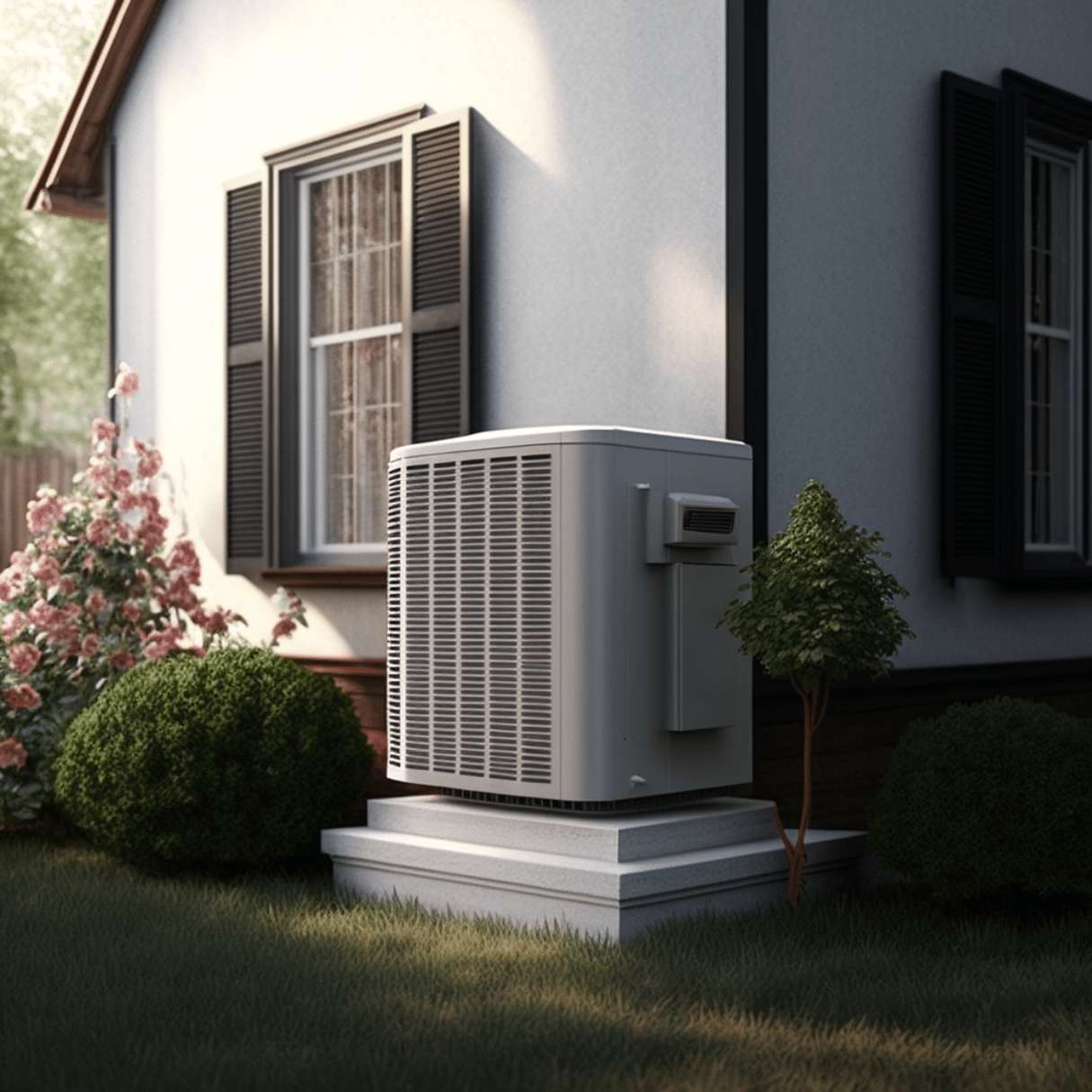
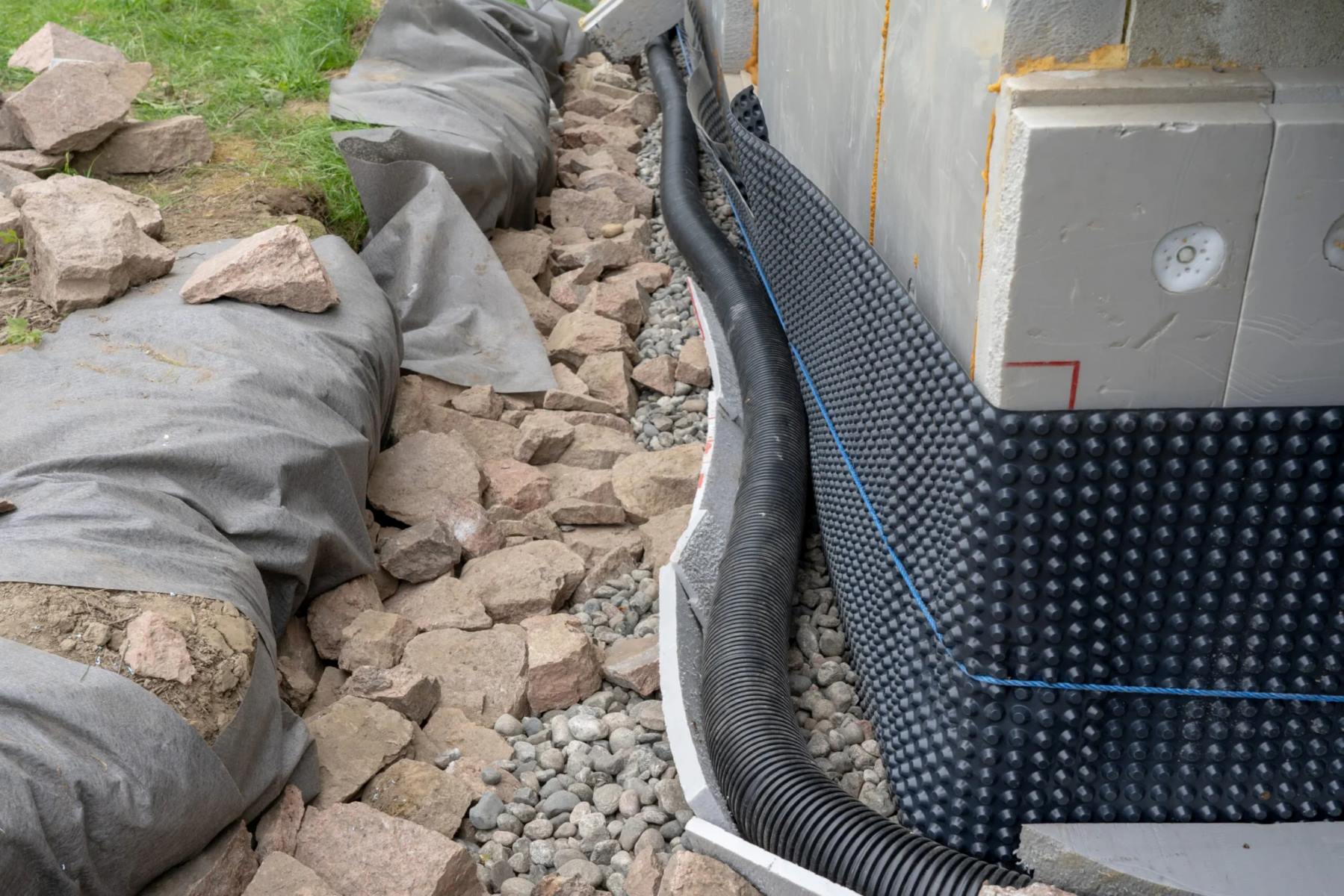
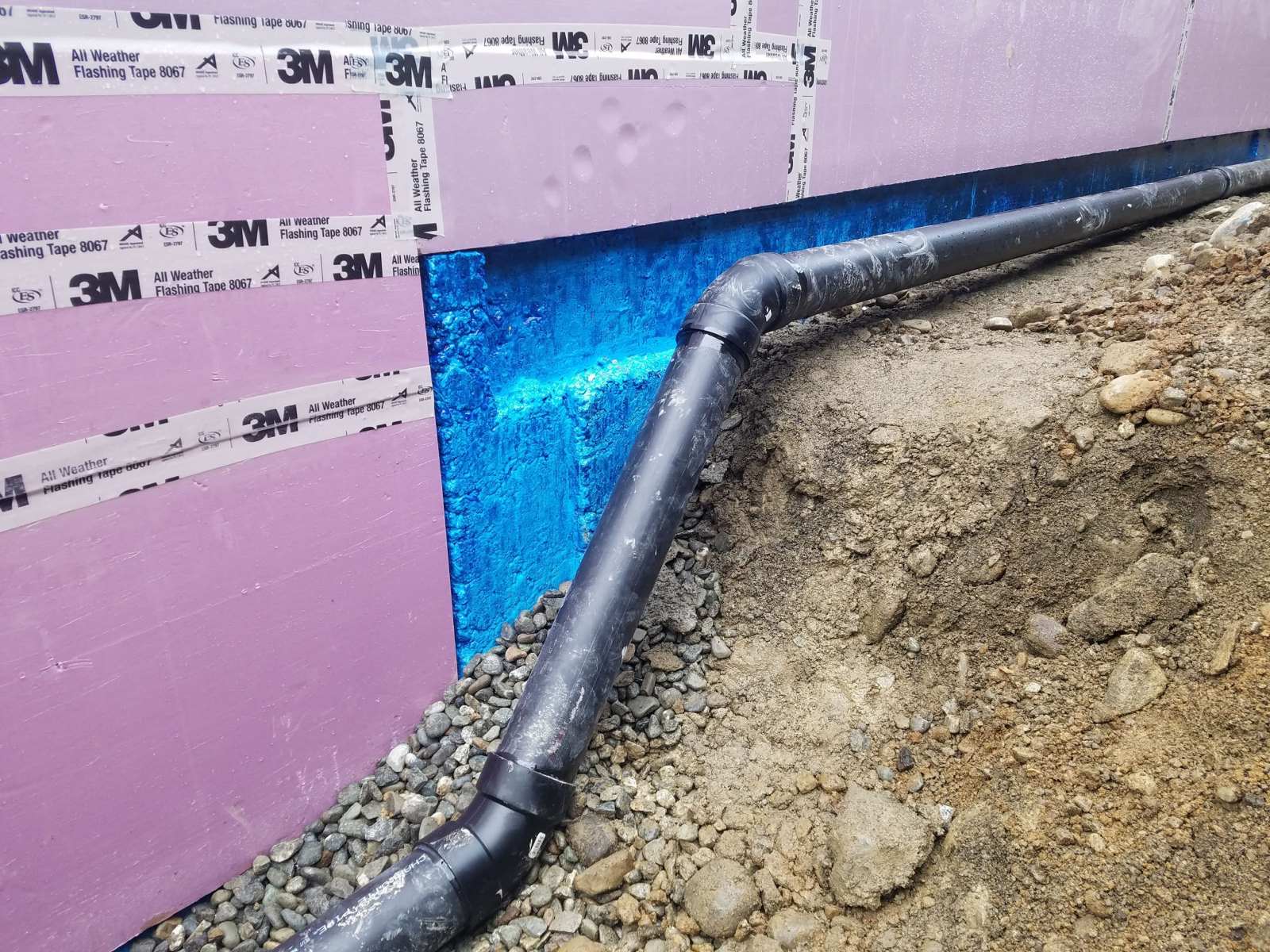
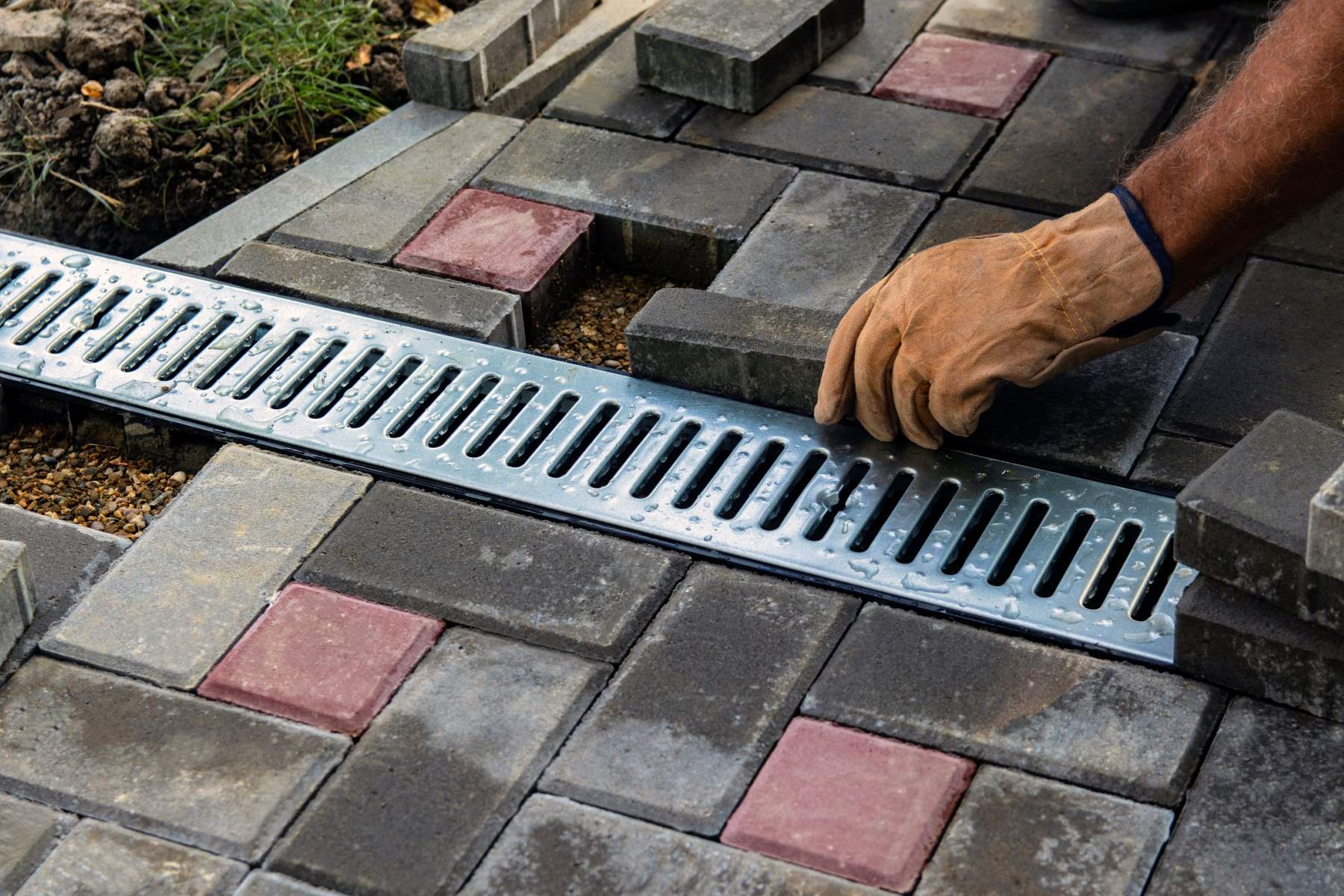
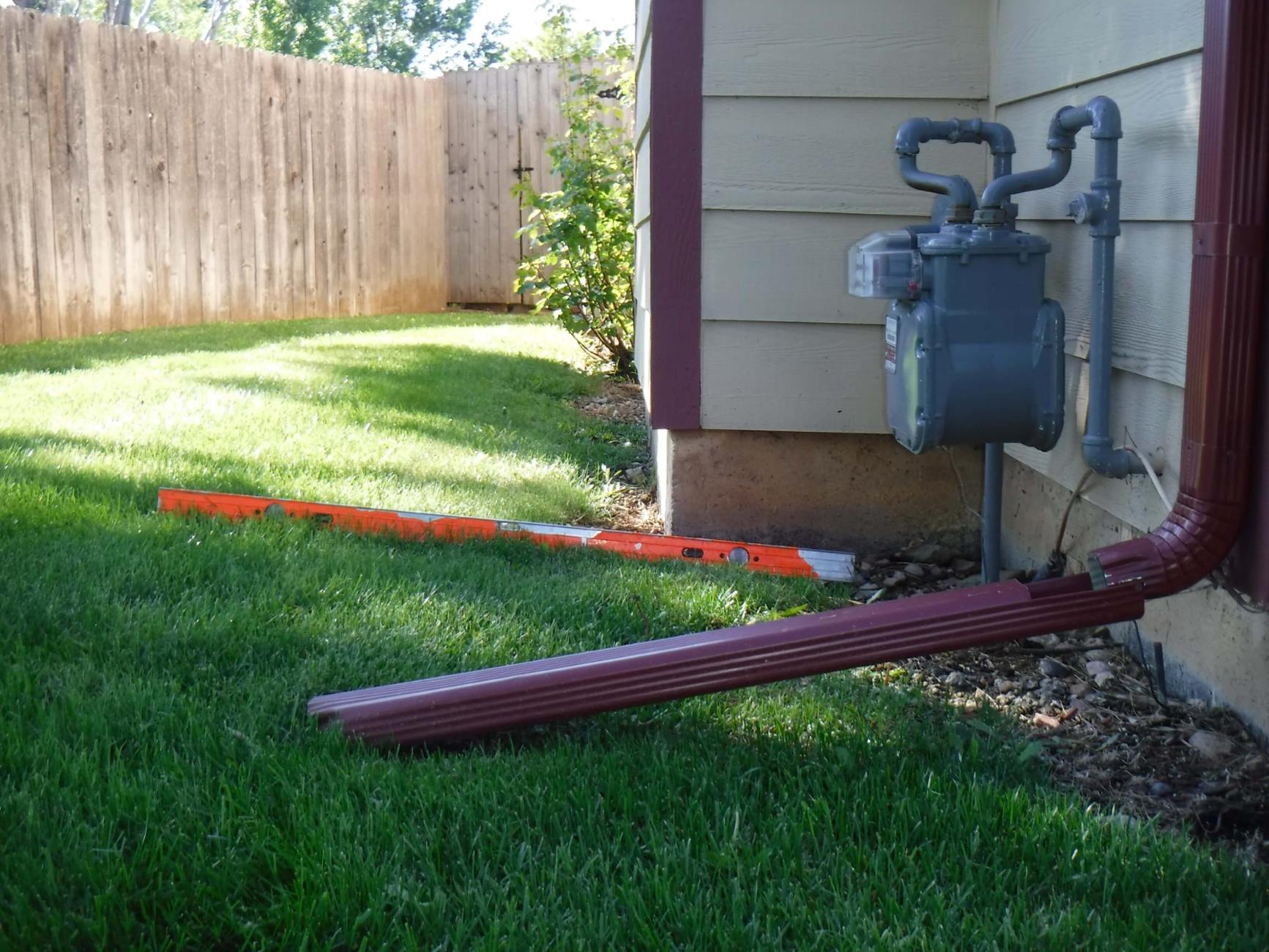
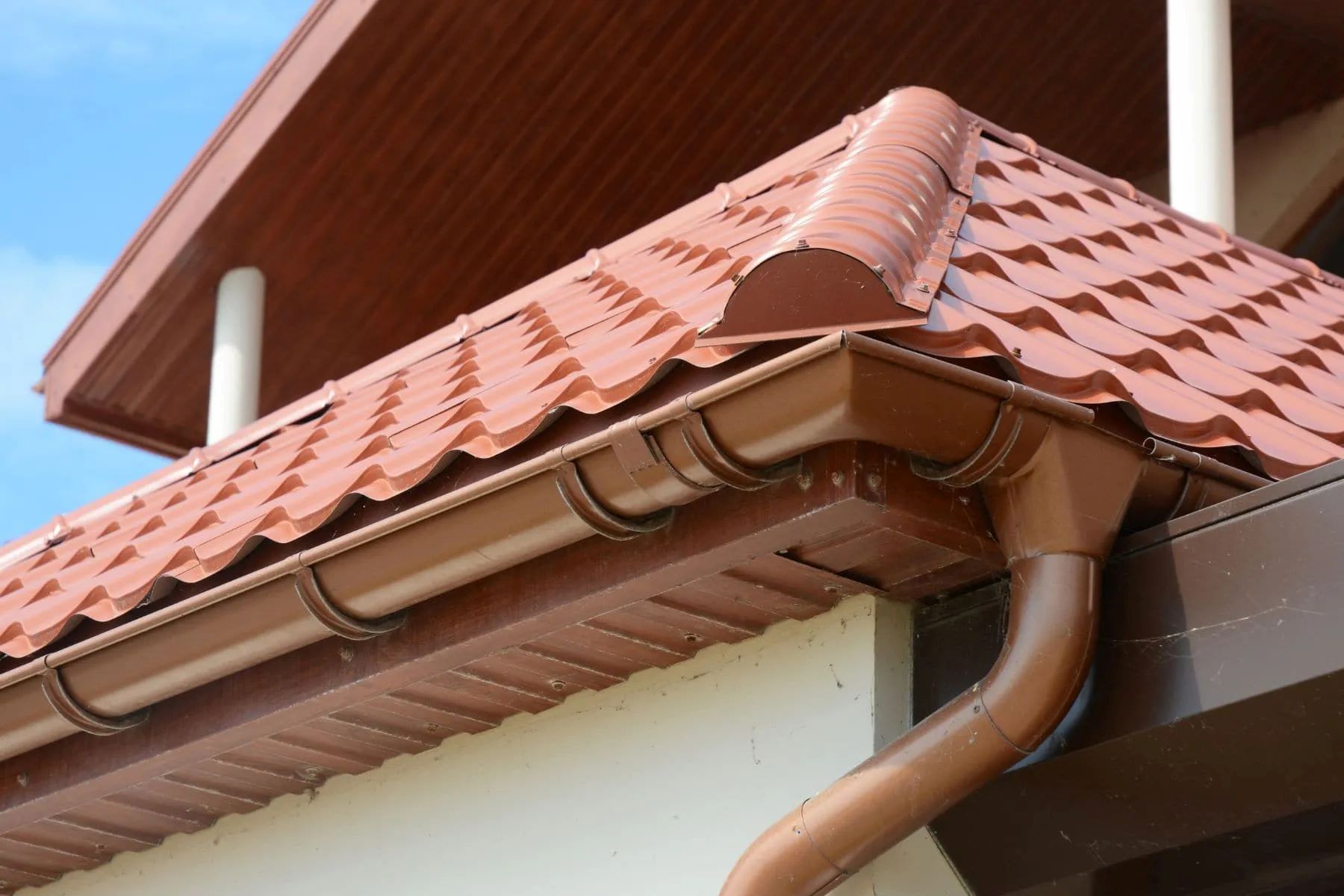
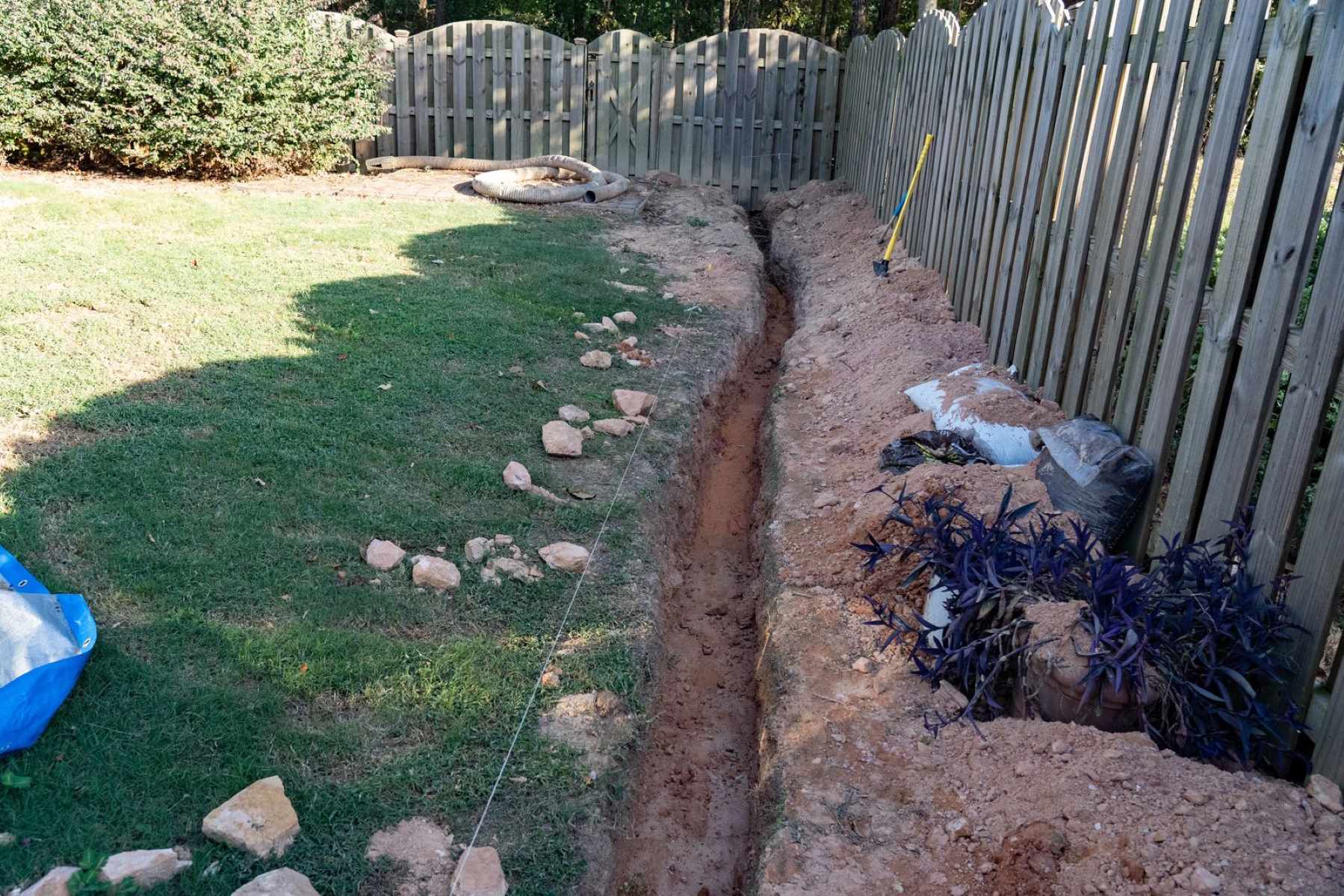
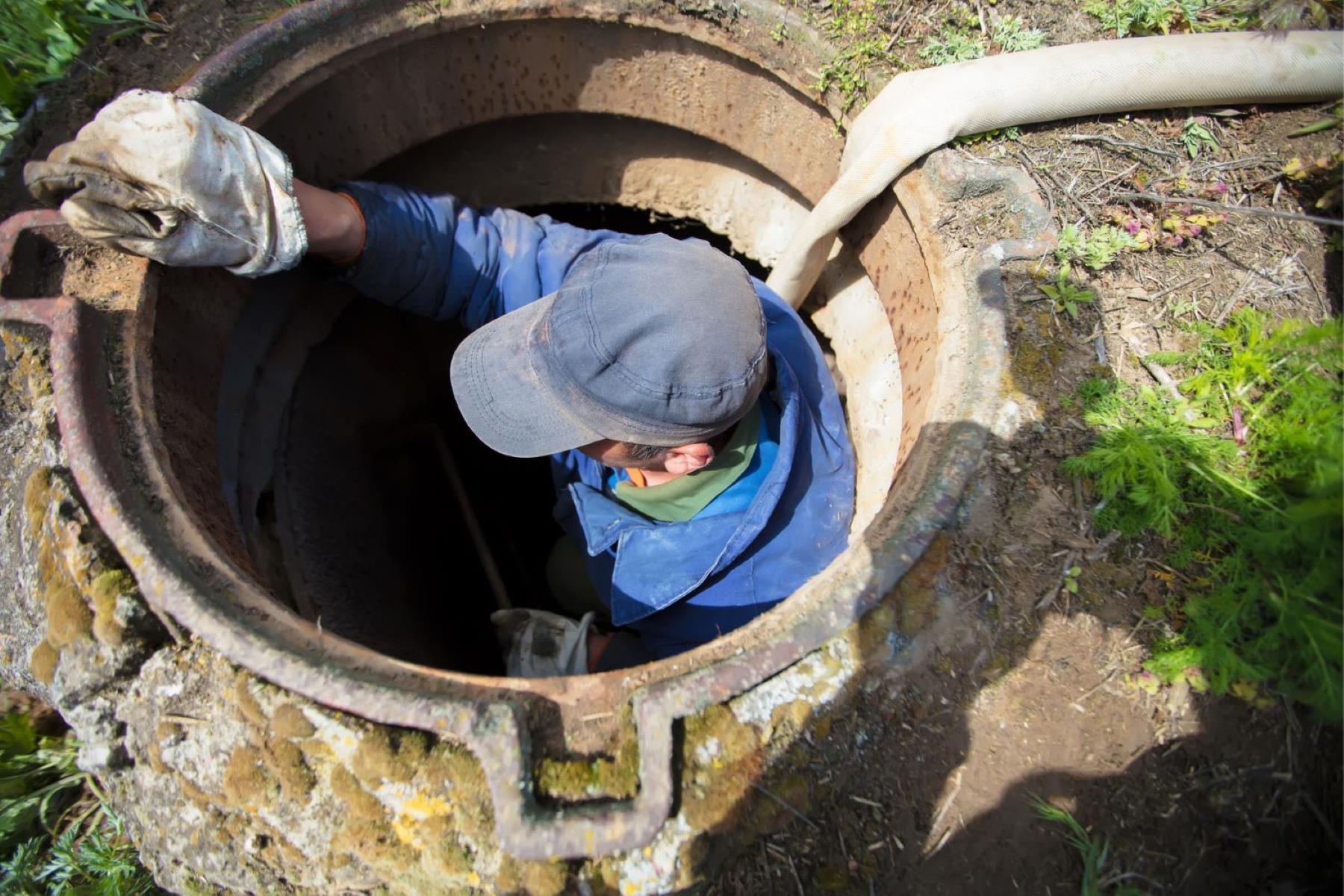
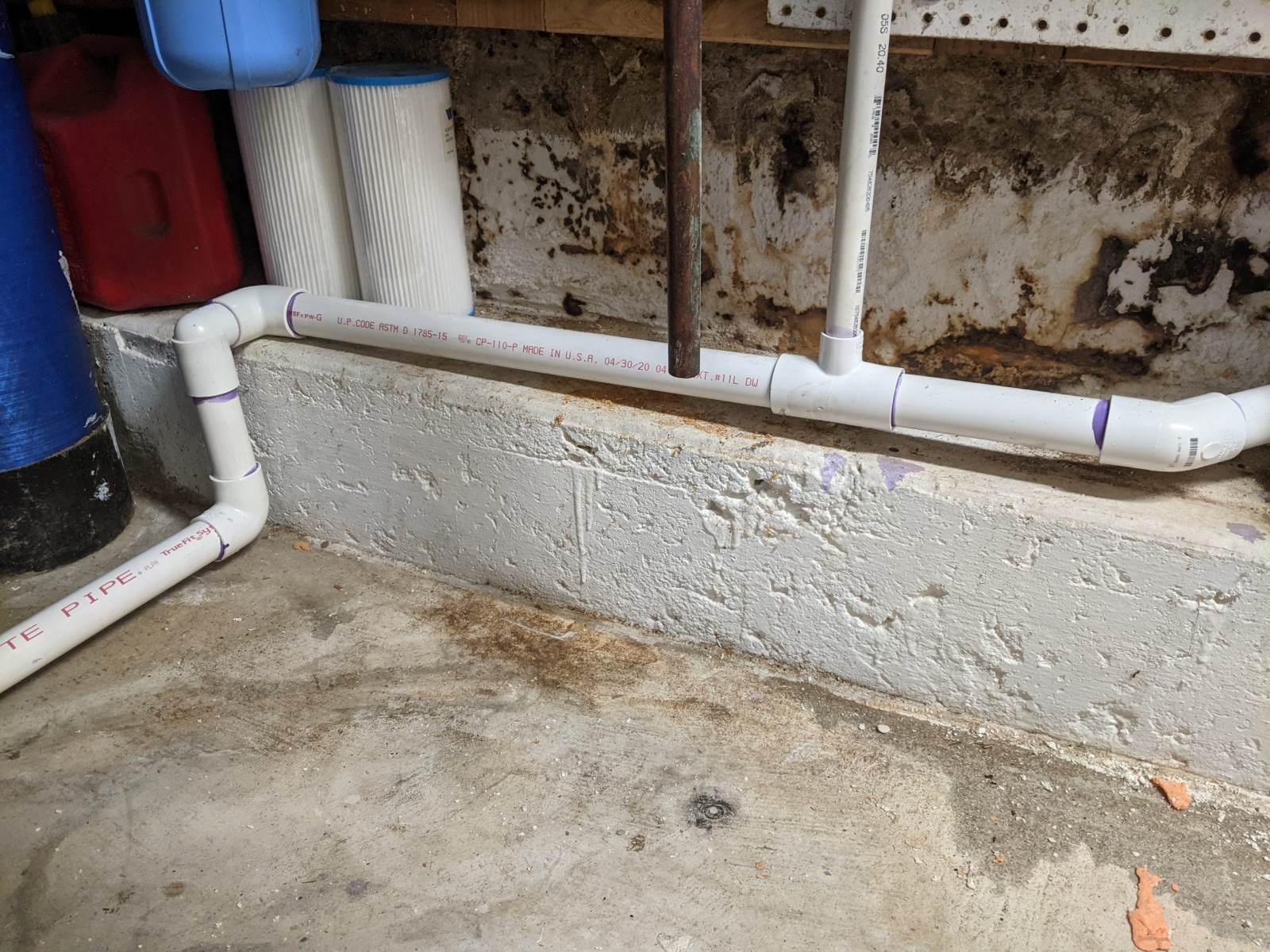
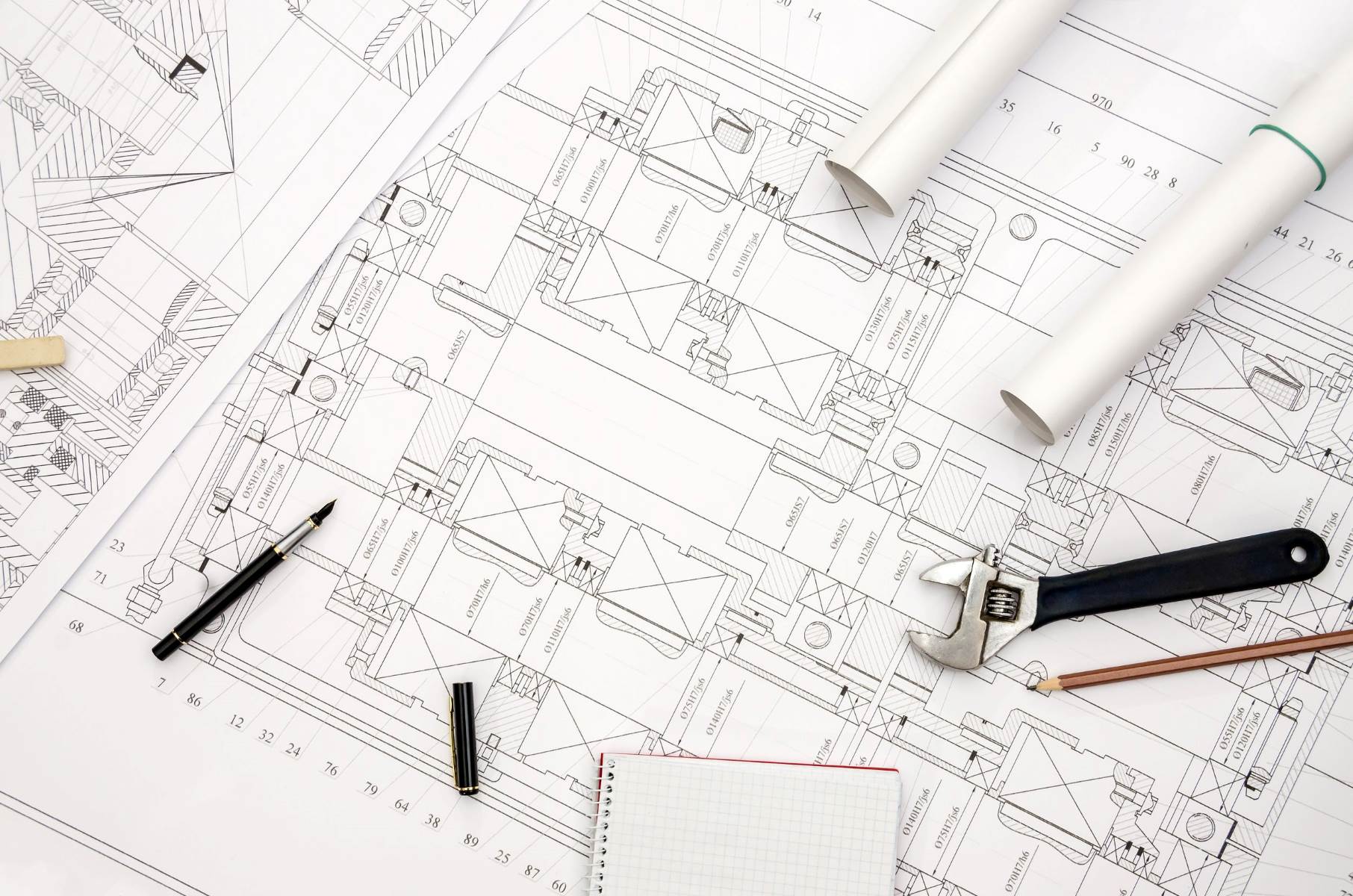
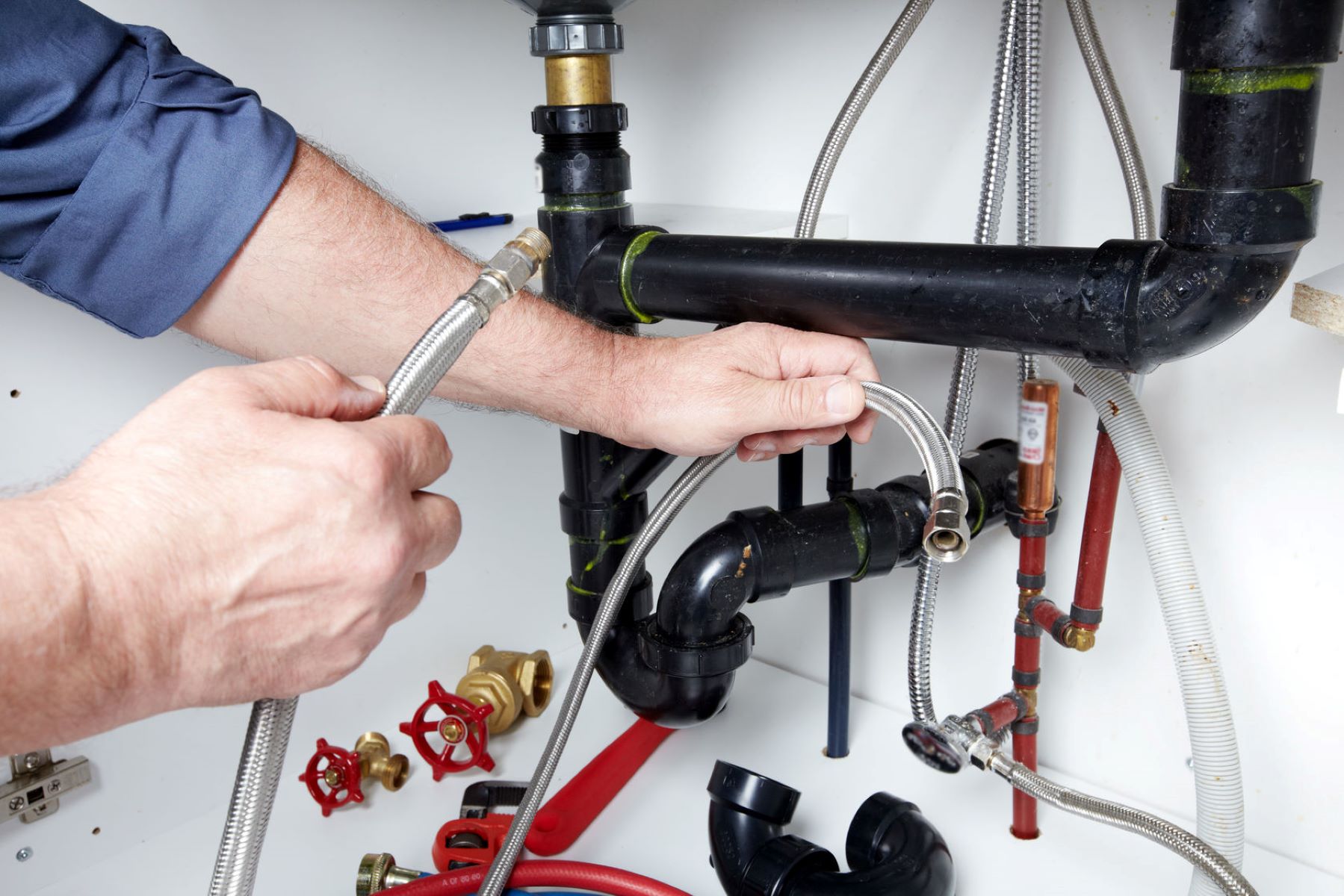
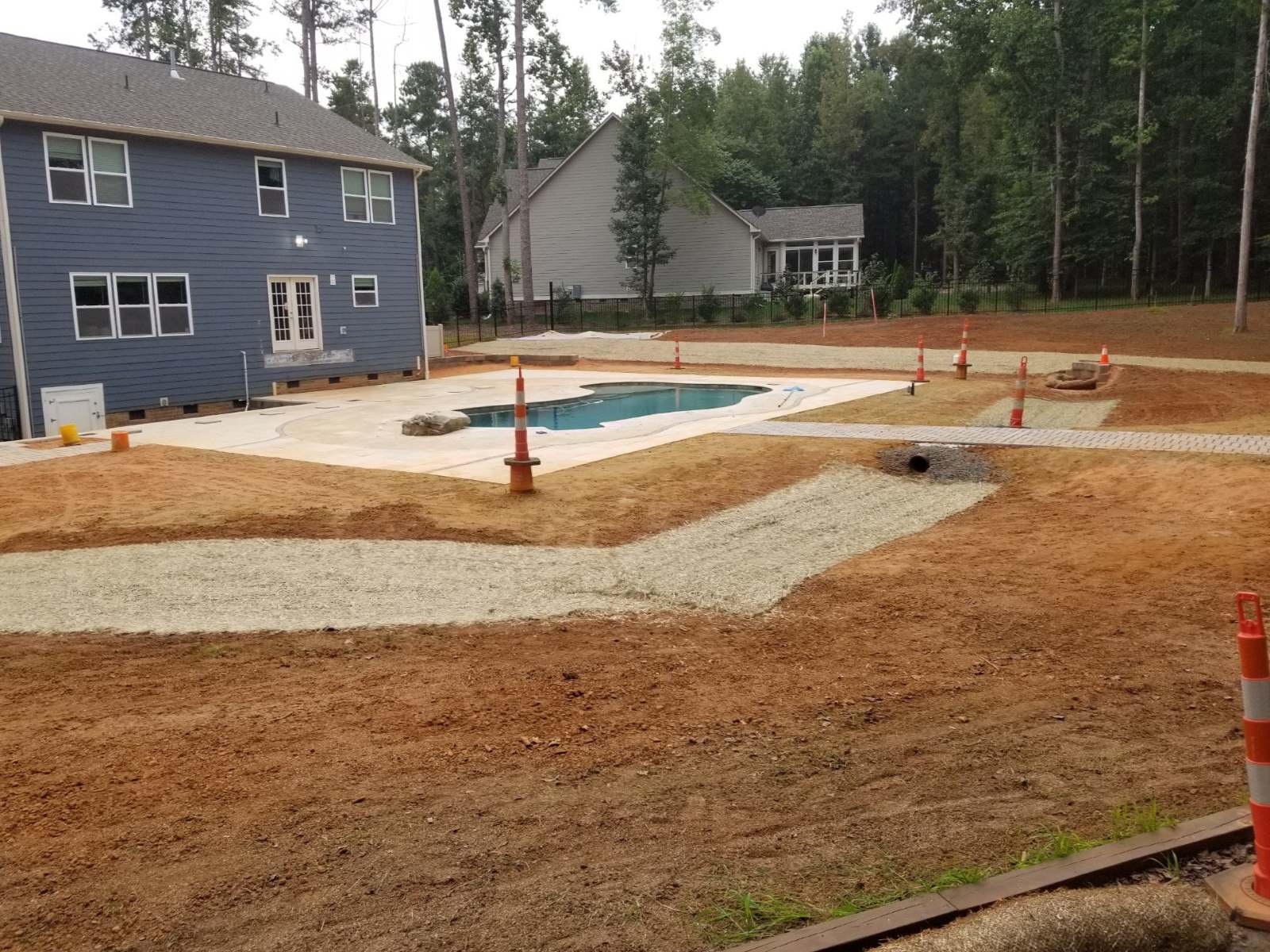


0 thoughts on “How Much Is A Drainage System For A House”